Starcraft 2 Gameplay Preview: New Features in Starcraft 2 Maps - Vespene Gas, Destructible Rocks, Xel'Naga Towers
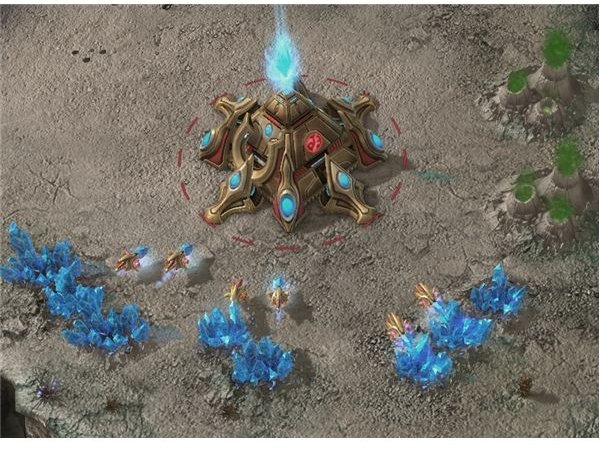
Starcraft 2 Maps
The caliber of Starcraft multiplayer maps has progressively improved since Blizzard Entertainment first released the real-time strategy game in 1998. Maps created using Staredit (the Starcraft map editor included free with the game) were initially limited in potential designs. This was especially true for maps intended for standard multiplayer games, or “melee maps”. Third-party editing tools first enabled mappers to place special units into maps to act as traps or obstacles, then to chop up terrain to create previously impossible designs. Professional mapmakers used these tools to craft areas with very different feel and gameplay than the old Starcraft maps, yet still balanced for online gaming tournaments.
As demonstrated in the Starcraft 2 Beta, Blizzard was taking notes. They integrated many of these innovations into the new game engine for use in standard multiplayer maps. Anyone interested in the upcoming game should become familiar with all of these new features that transform the feel of online play.
Vespene Gas Geysers
The most obvious change in Starcraft 2 maps is apparent from the very first game. All expansion sites in multiplayer maps, including every starting location, now include two geysers instead of one. The total amount of the valuable vespene gas available at each location is the same as in the original game, simply divided evenly between the two geysers.
The effect this has on gameplay is subtle but important. Each geyser requires the same investment in minerals to construct the collection structure and assign 3 workers to harvest the resource, so that taking both geysers in the main base early on will dangerously set a player back economically. However, mining from both geysers doubles the player’s gas income, accelerating the mid-late game, since expanding players can afford to take both expansion geysers at once.
Additionally, geysers no longer produce any gas once they have been exhausted. As with minerals, this acts as a cap on the maximum number of units that can be built in a given map.
High-Yield Minerals
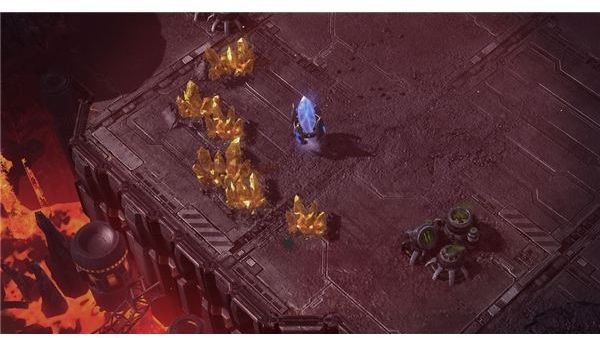
One of the most enticing additions to Starcraft 2 gameplay are the high-yield minerals. These golden mineral fields allow workers to gather mineral resources 40% faster. They don’t contain any more resources than the normal blue type, so they’re exhausted sooner, and with only 6 patches per expansion instead of 8, a saturated high-yield expansion has a similar collection rate to a standard type.
However, high-yield patches provide a higher rate of return per worker than standard mineral fields. This makes a high-yield expansion more efficient as it ramps up its number of workers. In addition, because MULEs do not interfere with their SCV workers, Terran Starcraft II players can use their MULE call down ability to harvest these. The 40% boost to their already high gather rate makes for an incredible combination.
Xel’Naga Tower
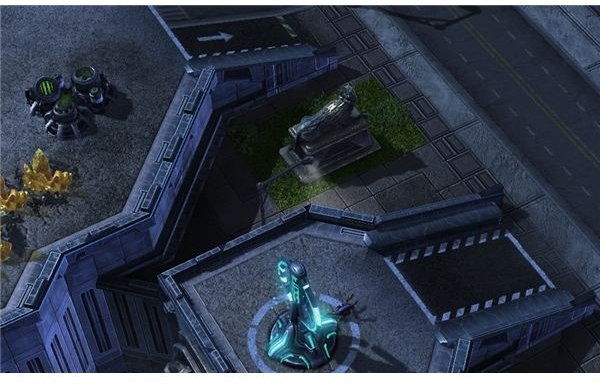
The Xel’Naga Towers are relics of an ancient alien race. They are commonly found in strategic locations and deserve important consideration in any Starcraft 2 strategy.
Any unit standing next to a tower will activate it, granting vision over a wide area nearby. Flying units and structures cannot activate a tower, but invisible units can. This is especially useful for Zerg and Protoss Starcraft II players, with their burrowing and permanently cloaked units, respectively.
This vision ability is more useful than it might seem at first. It provides free scouting information, which can inform the player of the size, composition, and heading of enemy armies. This makes attacking, avoiding, or building units to counter the army much easier. Depending on the design of the map, a player who can control all or most towers on the map at once often has vision across nearly the entire center of the map. Even in the SC2 beta, this information advantage sometimes plays a huge role in winning a game.
Line of Sight Blockers
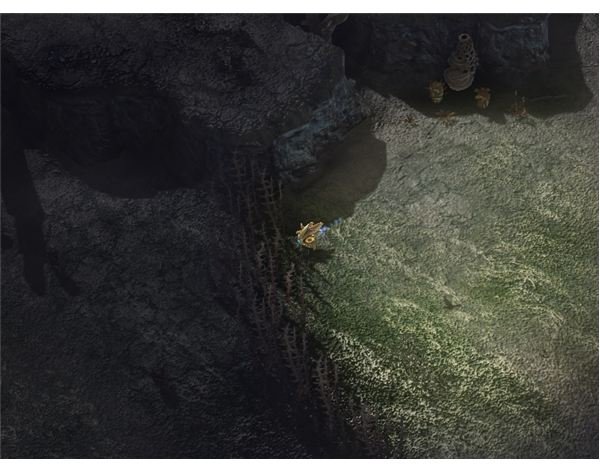
At first glance, these look like simple map decorations. However, line of sight blockers are too tall and thick to be seen through by ground units. Units can move and attack through them, but without a unit positioned on the other side or flying above to provide vision, whatever might be on the other side is an unknown.
This allows for very sneaky tactical play, as the blockers can hide secret production buildings or attack squads, hide army composition, or in conjunction with a Xel’Naga Tower, allow a unit to observe from a safe vantage point.
Destructible Rocks

These large piles of debris are common sights in Starcraft 2 maps. Many cover valuable resource nodes, and must be destroyed before these resources can be easily accessed.
Other rocks block ramps, walkways, and similar narrow passages. Clearing these barriers opens up new regions of the map to ground units, allowing access to useful defensive walls, new expansions, or alternate paths to the enemy base.
Due to their “armored” property and high armor value, these obstacles are destroyed more quickly by slowly-attacking anti-armor units.
Wide Ramps
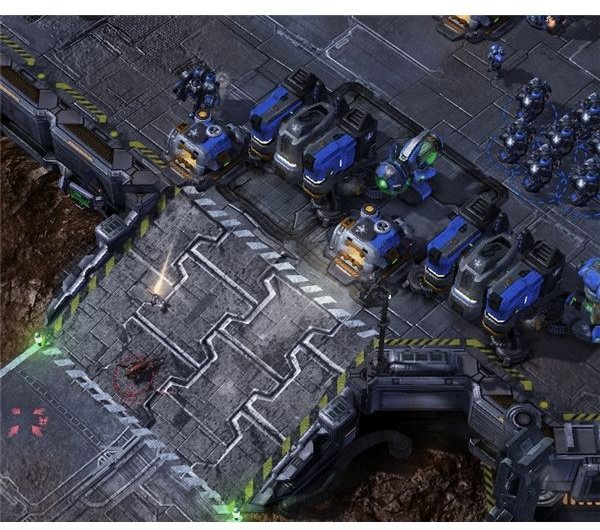
Many starting locations are on high ground, separated from the rest of the playing field by one or more ramps. In the original game, ramps were limited to a single narrow size, wide enough to fit one or two large units through. This width is still available; it allows Terran players to easily protect the entrance to their base by blocking it with defensive structures.
Now, Blizzard has allowed ramps to be any arbitrary width, with important ramifications for Starcraft 2 gameplay. Wider ramps are harder for Terrans (or anyone) to defend, as they allow for greater army mobility. The very widest ramps are generally seen around the center of maps, places that will see a lot of army movement, and often strategic sites intended to be difficult to hold and easy to attack. Defending them requires either great preparation or great skill.
